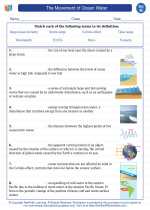Saturn: The Ringed Planet
Saturn is the sixth planet from the Sun and the second-largest in the Solar System, after Jupiter. It is a gas giant with an average radius about nine times that of Earth. One of the most prominent features of Saturn is its beautiful and distinctive ring system, which is made up of ice particles, dust, and rocky material.
Physical Characteristics of Saturn
Saturn has a pale yellow hue due to ammonia crystals in its upper atmosphere. It is known for its prominent ring system, which is composed mostly of ice particles with a smaller amount of rocky debris and dust. The rings are about 175,000 miles (282,000 kilometers) wide but only about 30 feet (10 meters) thick. Saturn has 82 moons, with Titan being the largest. Titan is the only moon in the Solar System with a dense atmosphere, and it is the only celestial body other than Earth where clear evidence of stable bodies of surface liquid has been found.
Key Facts about Saturn
- Distance from the Sun: About 886 million miles (1.4 billion kilometers)
- Orbital Period: Approximately 29.5 Earth years
- Rotation Period: About 10.7 hours
- Atmosphere: Primarily composed of hydrogen and helium
- Moons: 82 confirmed moons, with Titan being the largest
Exploring Saturn
Several space missions have been sent to explore Saturn and its moons. The Cassini-Huygens mission, a collaboration between NASA, the European Space Agency (ESA), and the Italian Space Agency, provided a wealth of information about Saturn, its rings, and its moons. The Cassini spacecraft orbited Saturn for 13 years and made numerous important discoveries, including finding evidence of liquid water on Enceladus and the presence of methane lakes on Titan.
Study Guide
For a comprehensive understanding of Saturn, consider exploring the following topics:
- The formation and composition of Saturn's rings
- The unique characteristics of Saturn's largest moon, Titan
- The role of space missions in advancing our knowledge of Saturn
- The impact of Saturn's atmosphere on its overall appearance and behavior
Additionally, studying the history of our understanding of Saturn and the cultural significance of this planet in various societies can provide a well-rounded perspective on its importance in the field of astronomy.
Feel free to explore these topics further to gain a deeper understanding of Saturn and its place in the Solar System.
.◂Science Worksheets and Study Guides Eighth Grade. The Movement of Ocean Water
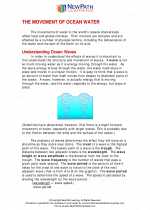
 Worksheet/Answer key
Worksheet/Answer key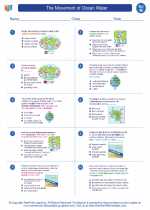
 Worksheet/Answer key
Worksheet/Answer key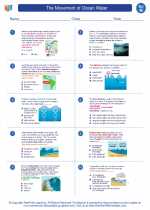
 Worksheet/Answer key
Worksheet/Answer key
 Vocabulary/Answer key
Vocabulary/Answer key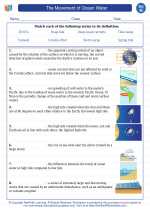
 Vocabulary/Answer key
Vocabulary/Answer key